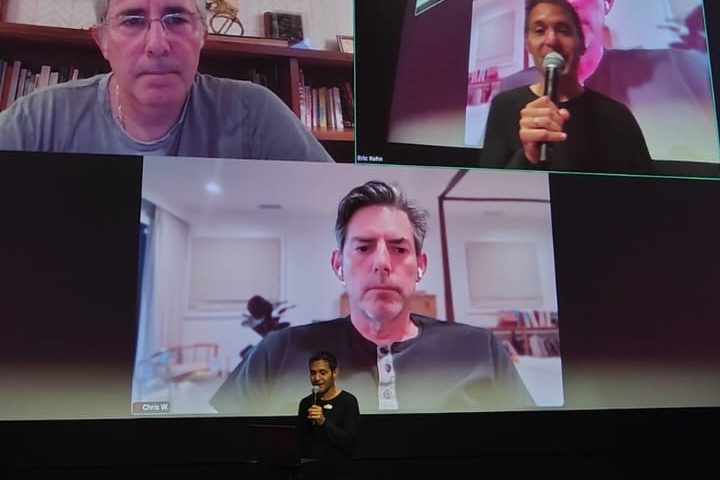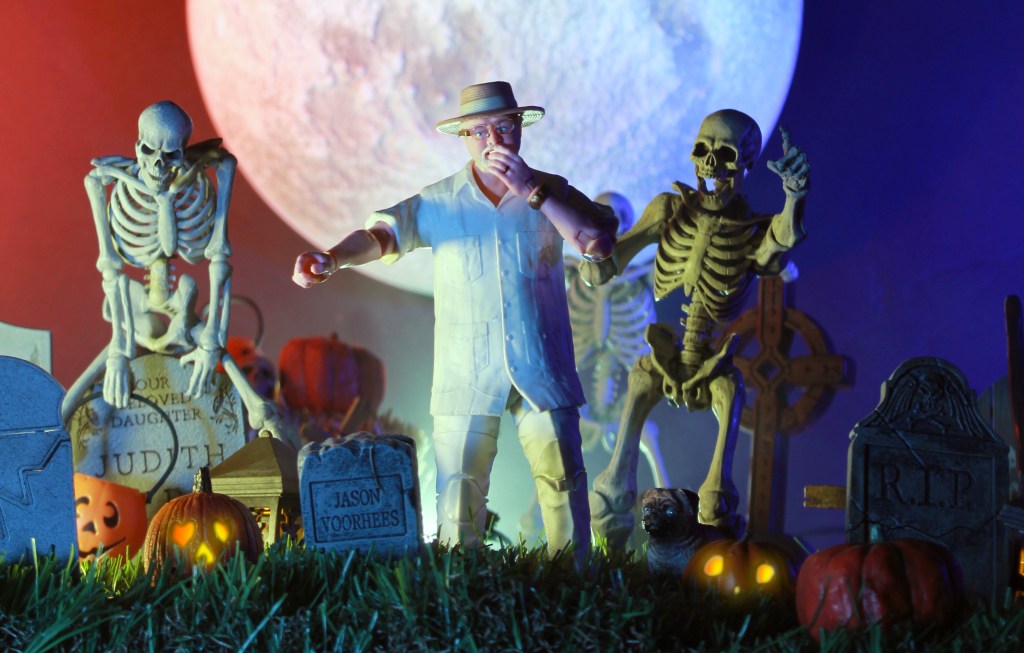Honoring The Artist: Cover Artist Jeff Aeling

This week’s Dan’s Papers cover by Jeff Aeling, “Salt Marsh at Long Beach,” is a view that many of us have never seen even if we are full- time residents. It’s an arresting one, the image of the water and sky both startling and beautiful. Such a description also fits many of Aeling’s other works, landscapes where the open space is not only overwhelming but mysterious as well. No doubt the importance of space gets its origins from places the artist has lived. Even so, Aeling’s connection to nature is dominant and recurring.

Q: Where have you lived that has influenced your subject matter of wide open spaces?
A: I was born in Iowa City, and we would go back there between moves. My father was a doctor in the military. As a kid, I lived in Hawaii and other places like Denver and Washington, D.C. We moved to Germany when I was five years old; we drove all over Europe.
Q: Those are great places for being close to nature and outstanding landscapes, particularly Iowa, Denver and Hawaii. What’s your contact now with these locations?
A: I live near St. Louis, but I spend the winters in Kauai, Hawaii.
Q: How about your art training that took you to other places? What was that experience like?
A: I attended Kansas City Art Institute and after a year transferred to the Art Institute of Chicago. It was great being near its museum, but there was no studio space. I transferred back to Kansas where I got a B.A.. I had decided to concentrate in drawing but majored in printmaking instead. One of my teacher’s was a star pupil of Thomas Hart Benton.
Q: You are basically a representational artist. What styles were you exposed to when you were going to school?
A: In 1976, when I started art school, abstraction was how people were going. And people were moving toward Conceptualism. Minimalism was a big deal. But I’ve always loved abstraction; Willem de Kooning is one of my favorite artists of all times.
Q: How did these diverse styles effect your own work?
A: I paint representational, but I have strong elements of abstraction and conception art in my work. I look for clarity of form and forms in nature.
Q: When did you first start paying attention to nature and the relationship between small and large?
A: I used to drive from Kansas City to Denver. That was when I first saw the relationship between sizes in the landscape, where you really feel small compared to what’s around you.
Q: Is there a bigger theme in your paintings related to your ideas about large and small?
A: People ask me if I’m a transcendentalist like Emerson. I’m not a religious guy. But, my art has spiritual dimensions. It’s easy to think you’re a separate unit, but you’re not. We’re ultimately connected to things. For example, right now we have atoms in our bodies that once belonged to other people who have died.
Q: That’s a fascinating scientific observation. Another observation is the fact that you are really interested in both science and art. What are some of your favorite art forms and artists?
A: I love music; I write music myself. And The Beatles are probably the greatest artists of the 20th Century. I like movies, too. I used to go to the movies five or six nights a week. Night of the Hunter is one of my favorite films. Music and films are the two great art forms of 20th Century culture.
Q: What do you think is the most important aspect of the arts?
A: Art can let you experience what’s difficult about being a human being. You don’t have to experience it directly. But you can come away with understanding.
Jeff Aeling’s work can be seen at Sag Harbor’s Richard Demato Gallery ( 90 Main Street). Call 631-725-1161.









